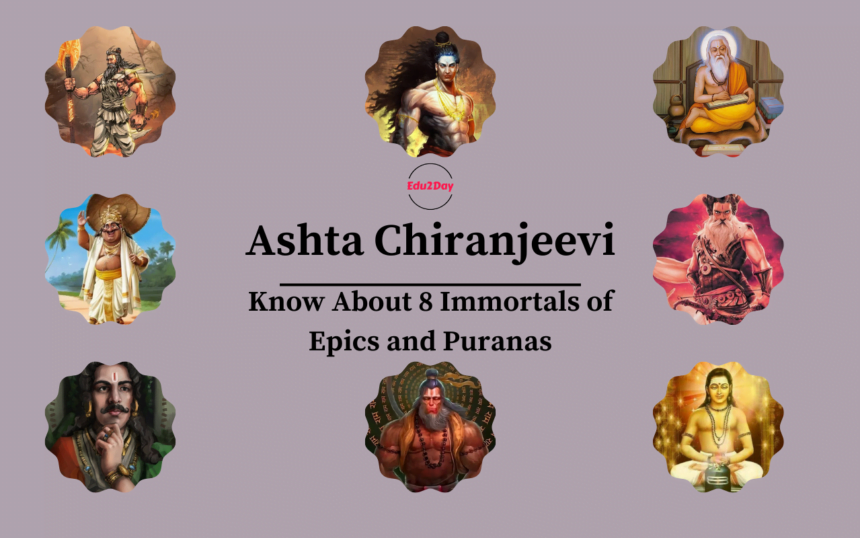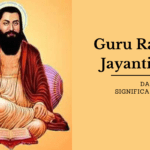Hinduism boasts a rich repository of narratives and philosophical insights, offering a vast array of captivating tales spanning divine entities, mortal beings, and the intricate interplay between them. Central to this intricate tapestry of beliefs are the concepts of reincarnation and karma, which posit that the human soul undergoes successive lifetimes in pursuit of ultimate liberation.
Amidst this eternal cycle of birth and rebirth, the tradition acknowledges the existence of eight revered individuals known as the “Ashta Chiranjeevi” or the eight immortals, who are believed to have transcended the conventional bounds of mortality.
This discourse endeavors to delve into the enigmatic narratives surrounding these immortal figures, as they persist in their earthly existence, patiently awaiting the cyclical progression of cosmic forces.
Ashta Chiranjeevi
In Hindu mythology, there’s a special group known as the Ashta-Chiranjeevis. They’re said to have exceptionally long lives, either as a blessing or a curse. These individuals, called Chiranjeevis, are believed to exist as regular humans, enduring until the end of the Kali Yuga era. The term ‘chiranjeevi’ comes from ‘chiran,’ meaning long, and ‘jeevi,’ meaning lived.
However, they’re not immortal; they simply live until the end of this vast cosmic cycle called a Kalpa. A Kalpa spans around 4.32 billion years, while the Kali Yuga is a segment within it lasting 432,000 years. This information is sourced from boldsky.com.
Who are Ashta Chiranjeevi?
In Hindu Mythology, there are eight timeless figures known as the ashta Chiranjeevis or the 8 immortals. They are:
- Ashwathama
- King Mahabali
- Vyasa
- Hanuman
- Vibhishana
- Kripacharya
- Markandeya
- Parashurama
These legendary personalities hold significant roles in Hindu lore and are believed to possess eternal life according to ancient texts.
1. Ashwathama
Ashwatthama, the son of Drona, a revered teacher, and a close ally of Duryodhana, committed three grave wrongs during the Dwapara Yuga. Firstly, he participated in the unjust killing of Abhimanyu, a mere child. Secondly, he unlawfully slew the five Upapandavas and Draupadi’s sons while they slept after the war’s end.
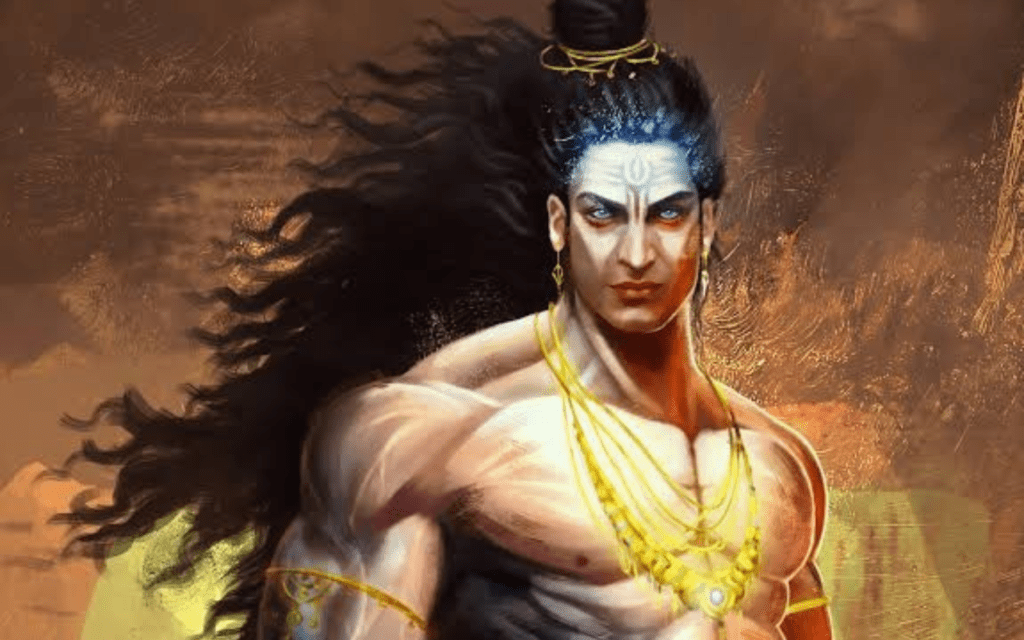
In response to his actions, Lord Krishna, filled with righteous anger, cursed him with immortality. Despite being born with a protective gem on his forehead shielding him from illness, weapons, and snakebites, Ashwatthama received the curse that his wounds would never heal.
As a result, he is destined to roam the world, enduring endless suffering. This tale marks him as one of Hindu Mythology’s eight immortal beings known as “Chiranjeevis.”
2. King Mahabali
Once upon a time, there was a powerful king named Mahabali. He was so mighty that even the king of gods, Indra, felt a bit scared of him. Indra worried that Mahabali’s rituals might make him as strong as him. So, Indra went to Lord Vishnu for help.

Vishnu, disguised as a tiny Brahmin, outsmarted Mahabali and sent him to the underworld. But Mahabali stayed humble throughout the ordeal. Impressed, Vishnu granted him eternal life and allowed him to visit Earth once a year. This story is why the festival of Onam is celebrated in Kerala. Mahabali is known as one of the 8 immortal beings in Hindu mythology, called “Chiranjeevis.”
3. Ved Vyasa
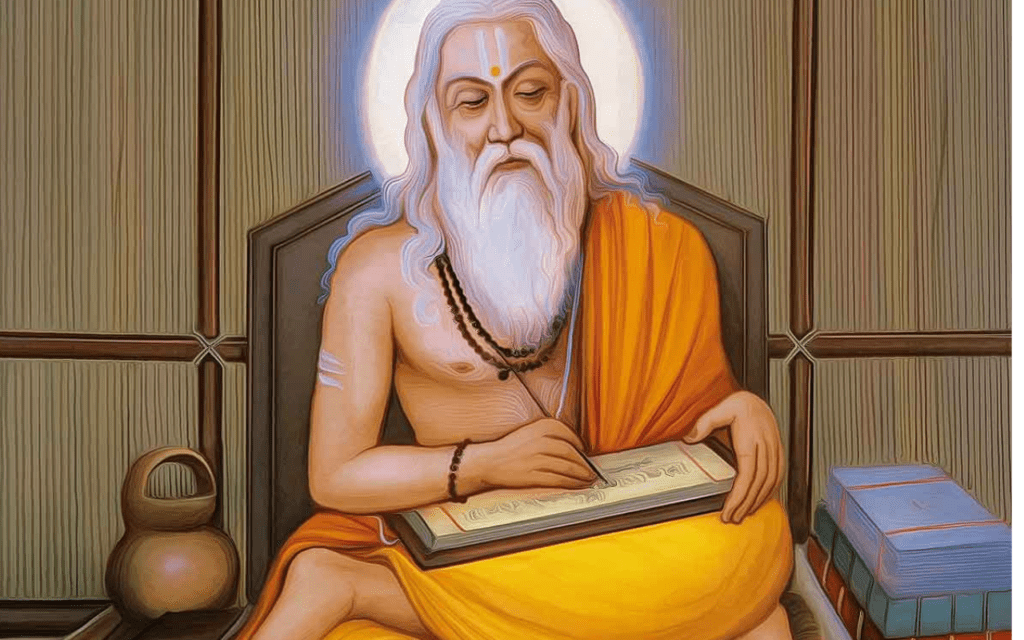
Ved Vyasa, also called Krishna Dvaipayana Veda Vyasa, is highly respected for compiling two significant texts: the Mahabharata and the Srimad Bhagavatam. He was born to Satyavati and Parasara and is celebrated for his role in interpreting the Vedic scriptures. Veda Vyasa’s extensive writings have ensured that the wisdom of these ancient texts endures through the ages.
4. Hanuman
Lord Hanuman, the beloved monkey-god, was born to Anjana and Kesari and is considered an avatar of Lord Vishnu. He’s also known as the son of the Wind God Vayu.
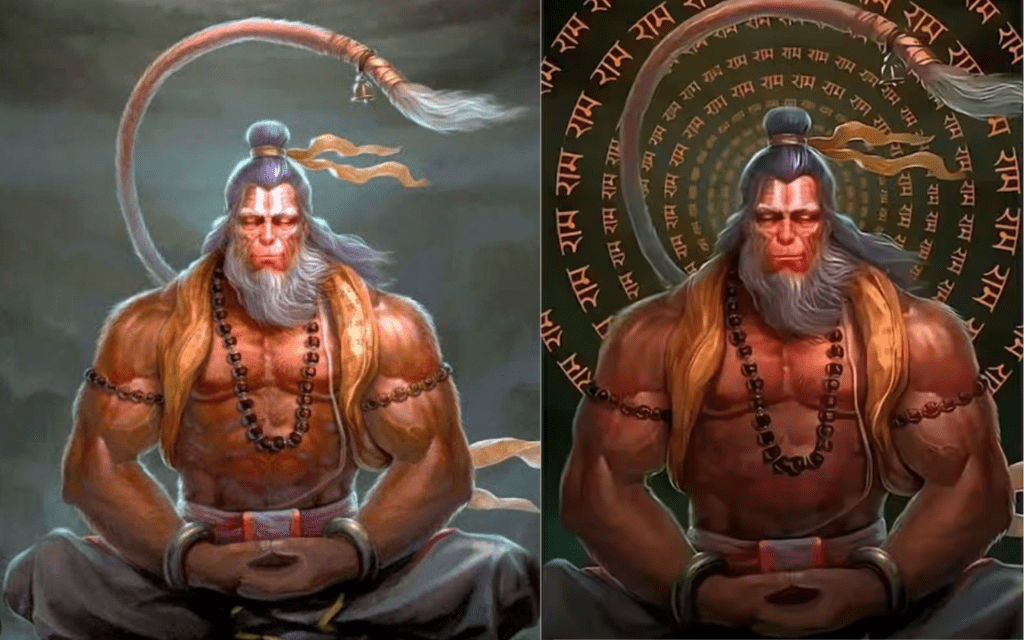
In the epic tale of the Ramayana, Hanuman played a crucial role by helping Lord Rama rescue Sita from Ravana’s capture. As a reward for his loyalty and service, Lord Rama blessed Hanuman with immortality, tasking him to wait for the future avatar, Kalki, and aid in upholding righteousness.
5. Vibhishana
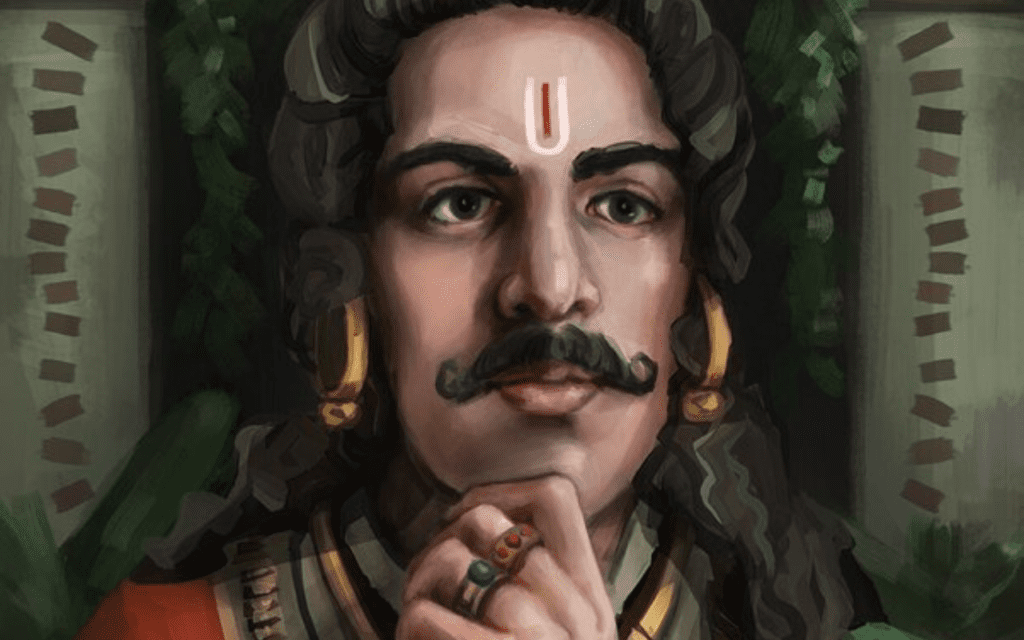
Vibhishana, Ravana’s good-hearted brother, made a noble choice by picking goodness over evil. He urged Ravana to give back Sita to Lord Rama, but Ravana ignored his advice. Eventually, Vibhishana decided to join forces with Lord Rama and helped in the fight against Ravana. Because of his strong dedication to doing what’s right, Rama made him the King of Lanka as a reward.
6. Kripacharya

Sage Kripacharya, a key figure in the ancient epic Mahabharata, was famous for his fair teachings and advice. He taught the princes of the Kuru Clan, including the Kauravas and the Pandavas, about fighting in battles. Because of his strong dedication to honesty and doing what’s right, Kripacharya became immortal and passed on his wisdom about moral living to future generations.
7. Rishi Markandeya
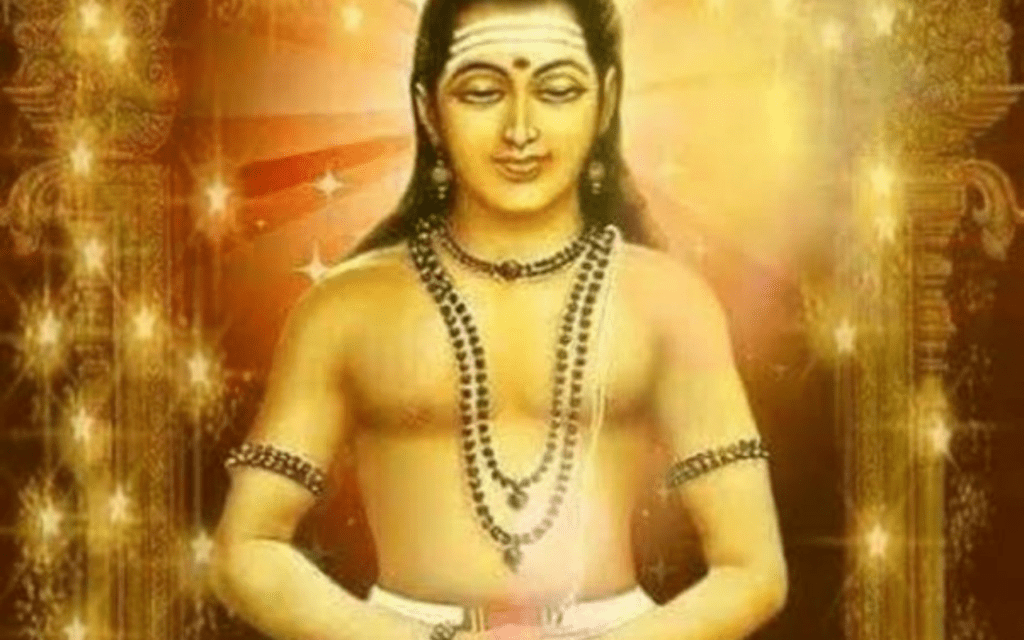
Markandeya, a faithful sage revered for his strong belief in Lord Shiva and Lord Vishnu, had a unique fate. Despite having a brief lifespan, he escaped death’s hold through his steadfast devotion. When Yama’s messengers, the god of death, arrived to take him away, Markandeya clung to the Shivalingam, provoking the anger of Lord Shiva. In response, Lord Shiva granted him eternal life.
8. Parashurama
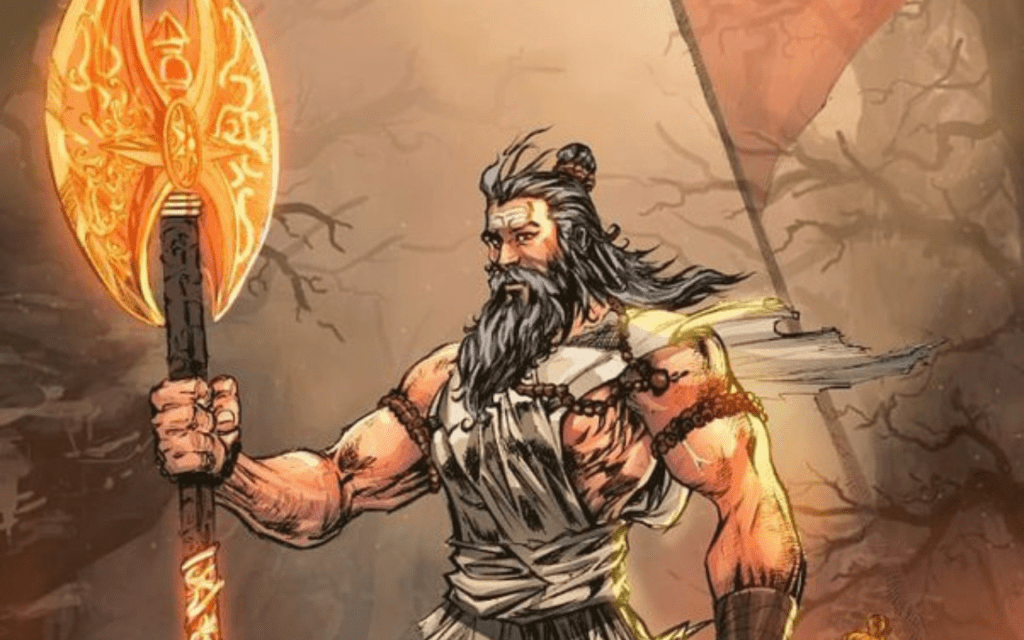
Parashurama, the sixth avatar of Lord Vishnu, emerged from a Brahmin background but showed qualities of a warrior, including courage and fighting abilities. He experienced a challenging time, seeking revenge against those who harmed his family, which elevated him to a divine status. Parashurama is distinctive, blending traits from both Brahmins and warriors, making his story intriguing and noteworthy.
Ashta Chiranjeevi Puja – Ayush Homam
“Ayush” comes from the Sanskrit word “Ayu,” meaning life. The Ayush Homam is a special ritual aimed at inviting blessings for prosperity, long life, and success in both career and relationships. It’s believed to promote good health and ward off illnesses.
Typically performed on birthdays or when a child is born, it’s based on analyzing the individual’s birth chart. The ritual is thought to counteract any negative karma carried over from past lives and can even help prevent premature or unexpected death.
During Ayush Homam, besides Lord Ayur, the Astha Chiranjeevis are also revered. These are eight immortal beings in the Sanatan Dharma tradition. They include King Bali, Rishi Markandeya, Lord Parashurama, Vibhishana, Lord Hanuman, Veda Vyasa, Sage Kripacharya, and Ashwatthama.
Ashta Chiranjeevi Mantra
Here is mantra for Ashta Chiranjeevi:
Om Sri Markandeya Namah I
Om Sri Balaya Namah I
Om Sri Vyasaaya Namah I
Om Sri Hanuman Namah I
Om Sri Bibhishanaaya Namah I
Om Sri Kripaaya Namah I
Om Sri Parashuramaaya Namah I
Om Sri Ashvatthamane Namah I
Where Are These Ashta Chiranjeevi Now?
In the present age, the whereabouts of legendary figures like Hanuman, Bali, Parshuram, Ashwatthama, Ved Vyas, Vibhishan, Kripacharya, and Markandeya are a subject of curiosity and belief. Let’s explore their speculated locations:
- Hanuman: It’s believed that Hanuman resides on the Gandmadan Mountain. Giant footprints found in Asia hint at his presence on Earth. With mystical powers to change form, Hanuman is said to have significant roles in future Kalpas according to Hindu beliefs. However, sightings of Hanuman are rare, with one reported by a pilgrim in Mansarovar in 1998.
- Bali: According to the Bhagavatam, Bali currently resides in Paatal Lok and is expected to become Indra in the next Manvantar.
- Parshuram: It’s believed that Parshuram resides near the Vaishno Devi temple on the Mahendra Parvat. He is summoned for complex matters concerning karma but remains unseen by naked eyes.
- Ashwatthama: Spotted in various places including Bihar, Uttar Pradesh, and Gujarat, Ashwatthama is known for his towering stature and a distinctive feature of blood oozing from his forehead. He’s seen performing daily rituals in temples, particularly known for Jal Abhishek at around 4.30 a.m.
- Ved Vyas: Born in the last phase of Tretayug and witnessed epochs up to the beginning of Kalyug, Ved Vyas is regarded as an avatar of Vishnu. He is believed to be present in Haridwar, Vrindavan, and Chitrakut.
- Vibhishan: Spotted around 500 years ago by Coswami Tulsi Das, Vibhishan is said to reside in Lanka. Following Lord Ram’s instructions, he frequently visits the Jagannath temple in Puri, Odisha, to pay homage to his beloved deity. Blessed as a Chiranjeevi, he’s tasked with upholding morality and righteousness in Lanka.
- Kripacharya: Serving as the Kul Guru during the Mahabharat war, Kripacharya’s status as a Chiranjeevi is debated due to his impartiality. He’s often believed to be situated in the Himalayas.
- Markandeya: Residing near the Yamunotri shrine in Uttarkashi, Markandeya is associated with the composition of the earliest version of Markandeya Purana near the Narmada river in Western India.
The locations and beliefs surrounding these legendary figures continue to fascinate people, intertwining myth and faith in the fabric of cultural narratives.
Ashta Chiranjeevi FAQs
Q.1. Who are the Ashta Chiranjeevi?
Ans. The Ashta Chiranjeevi are eight immortal beings in Hindu mythology, including Hanuman, Bali, Parshuram, and others, who are said to endure until the end of the Kali Yuga era.
Q.2. Where is Hanuman believed to reside?
Ans. Hanuman is believed to reside on the Gandmadan Mountain, with rare sightings reported, including one by a pilgrim in Mansarovar in 1998.
Q.3. What is Ashwatthama known for?
Ans. Ashwatthama, known for his towering stature and a distinctive feature of blood oozing from his forehead, is spotted performing daily rituals in temples, particularly known for Jal Abhishek at around 4.30 a.m.
Q.4. Where can Vibhishan be found?
Ans. Vibhishan is said to reside in Lanka, with occasional visits to the Jagannath temple in Puri, Odisha, as instructed by Lord Ram.
Q.5. What is the disputed status of Kripacharya as a Chiranjeevi?
Ans. Kripacharya’s status as a Chiranjeevi is debated due to his impartiality during the Mahabharat war, although he’s often believed to be situated in the Himalayas.
